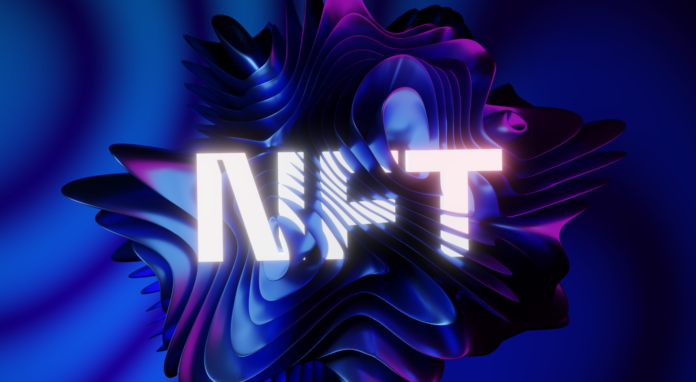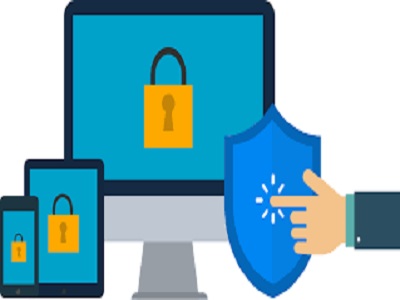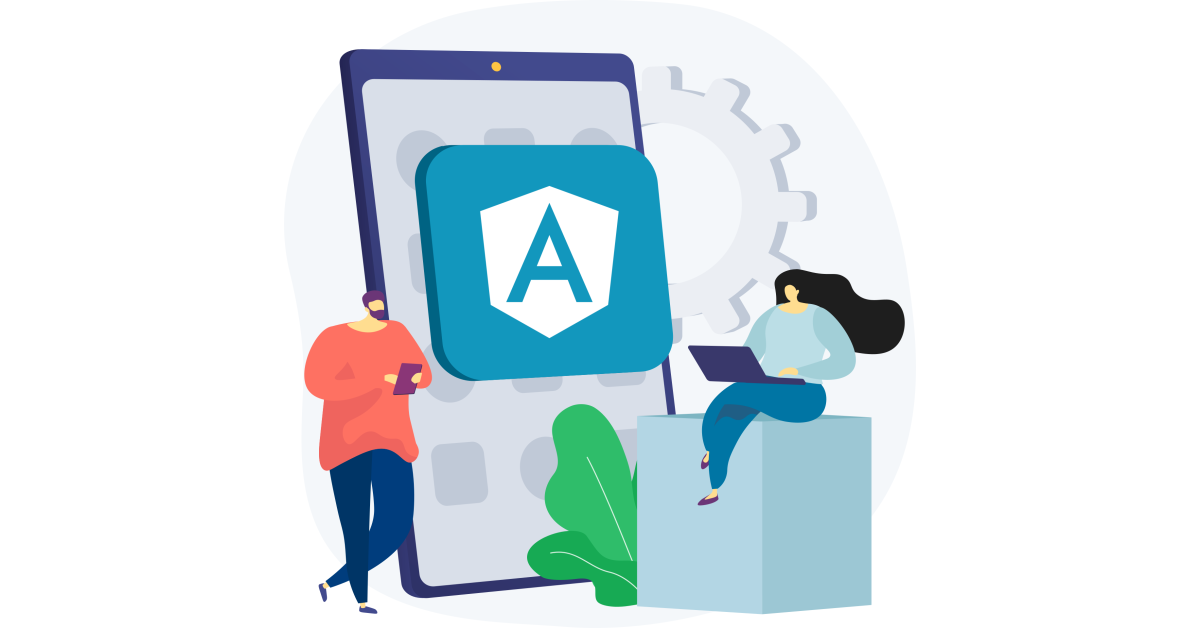NFTs are without a doubt incredibly popular. Nowadays, every content creator makes content with the goal of getting NFTs and quickly earning money. This much is accurate. Currently, the NFT Marketplace development sector offers a large pay structure to talented creators like independent singers and painters.
One of the most intriguing aspects of technology is how NFT has affected people over time and impacted how people manage money. Whether you think it or not, NFTs have already made significant progress toward achieving this goal. We anticipate that they will completely replace the requirement for financial institutions in the future.
An information about NFTs
It is crucial to completely understand the concept of NFTs before starting the market growth process. As the name implies, non-fungible tokens are tokens that lack fungibility. They are unique assets, thus even though their valuations are equal, they cannot be swapped for any other thing. Each NFT has a distinct signature because they are made up of metadata.
An NFT’s digital material is connected to the blockchain. NFTs are a form of cryptocurrency that is comparable to Bitcoin, however as was previously mentioned, they cannot be exchanged for one another. Additionally, NFTs can only store assets such as video game assets, images, artwork, tweets, domain names, etc., but cryptocurrencies like Bitcoin can store money as well.
NFTs have gained tremendous popularity since 2017. However, despite their lack of fame, only true finance gurus will be aware that they have been around since 2012. NFTs have become more and more well-liked in recent years because of a few crucial attributes. One of the most obvious must be the unique characteristic and the safety it entails.
NFTs cannot be divided into smaller parts, unlike other tokens. This is usually the case unless you buy the whole thing. It’s easy to work with NFTs as well. NFTs are bought and traded on these platforms, and the transaction is highly seamless and error-free.
Know everything about an NFT Marketplace
In that it is a location where goods are sold and bids are put by buyers, an NFT marketplace functions similarly to any other marketplace. Naturally, the marketplace has both suppliers and buyers. This is a centralised marketplace for the exchange of NFTs because creators, artists, and buyers are all there.
NFTs and crypto-collectibles can be traded through the marketplace, which is crucial software. Additionally, in order to buy or sell anything in the NFT marketplace, you do need a cryptocurrency wallet.
Famous NFT Marketplaces
An NFT marketplace is your ticket to purchasing and selling digital assets ranging from music to entire virtual worlds if you want to join the NFT craze. Many of the dozens of NFT marketplaces have a particular specialty or niche. The following is a list:
- Axie Marketplace
- OpenSea
- Larva Labs/CryptoPunks
- NBA Top Shot Marketplace
- Raible
- SuperRare
- Foundation
- Nifty Gateway
How to create an NFT marketplace?
If you want to establish an NFT art marketplace for your company, think about the steps below:
- Select a Niche: Choosing a specific area of expertise makes it easier to launch your NFT marketplace development project. If you have a general notion, talk it over with the developers to come up with a strategy and determine how long it will take to build the marketplace. Industry experts advise targeting a vertical market as opposed to a horizontal one.
- Define your project’s UI/UX design. UI/UX design is essential when creating a marketplace. Your user interface ought to be simple to use. The usability and aesthetic appeal of the platform are enhanced by a strong UI/UX.
- Move to the front end: Now is the time to put your design concept into practise, if you have one. For the base of your things, pick something reliable. Employ a qualified NFT developer to guarantee top-notch performance and reliability.
- Use the Smart Contracts Token Generator: The back-end development for an NFT marketplace looks different. The NFT market is a decentralised platform, hence the majority of the data is authenticated using Blockchain.
- The most important phase in creating an NFT marketplace application is trial and error. You must locate and clear out all backlogs during this step. Software testing makes sure the project runs well.
- To resolve problems and ensure top performance, post-launch support is also necessary. The app’s repute and excellent operation are guaranteed during this phase.
What characteristics distinguish an NFT marketplace?
A platform for buying and selling non-fungible tokens is the NFT marketplace. The majority of the time, the tokens can be bought at a fixed price or sold in an auction. To transact and keep money on the NFT marketplace, users must have a cryptocurrency wallet.
The following is a discussion of the top 5 NFT Marketplace aspects to take into account while developing your own NFT Marketplace platform:
- Storefront
An NFT marketplace is comparable to an online store. It need a visually appealing and intuitive storefront. The amount of data that should be displayed for each file must be decided by the administrator. Like collectors of tangible art, NFT customers will want to know the history and veracity of the files they purchase.
They also request a list of their NFTs’ rarity. Artists can release many NFTs of the same image, however a single NFT cannot be replicated. Marketplaces will appoint these labels.
- Filters
Utilizing search filters is a further means of enhancing the purchasing experience. NFT investors have different requirements than collectors do. Items should be able to be sorted by price, rarity, and artist for users.
- Looking for things
You must choose the files you will trade while building your own NFT market. Some of the initial markets, like OpenSea, are open markets where any NFT is accepted. Newer markets usually focus on a particular specialisation. To speed up the purchasing process, a search option will be necessary for anything you list on your website.
- Listings
In the NFT marketplace, both consumers and sellers must have a satisfying experience. Well-designed NFT development offers a straightforward, step-by-step process for listing a file. Both selling information forms and clear uploading instructions should be available on the marketplace.
- Wallet
Tech-savvy consumers care just as much about the security of their crypto wallets as they do the security of any other financial data. Users should be able to keep utilising their current cryptocurrency wallet solutions on a new NFT marketplace.
Important Elements to Consider When Building an NFT Marketplace
Consider some of the following elements while developing an NFT marketplace platform.
- Transparency: Establish a transparent NFT marketplace to give users access to information about all transactions made on the system. The Blockchain technology that powers the majority of cryptocurrencies makes it possible to trade in any kind of currency transparently and securely, which makes for an easy transactional process.
- Security: Make sure that the security characteristics of the newly built NFT marketplace are never compromised and that traders can exchange tokens in a secure manner. Traders can avoid transaction loss and other issues by utilising top-notch built-in security measures.
- Decentralization: Establishing features that assist you adhere to the decentralised norms will enable you to share information on other safe blockchain networks. Any new introduction should trigger updates to the Blockchain network to make the necessary modifications.
- The Monetization Plan: When building an NFT marketplace, put up a monetization model that doesn’t charge a fee when listings are made but subtracts the cost of the goods during sales, similar to how several significant platforms operate.
- Smart Contracts: Start smart contracts without paying a commission. Register for the online contract to prevent fraud and reduce the number of middlemen.
What characteristics define a perfect marketplace experience?
To build NFT marketplaces that meet the highest standards, a few things must be ensured. Getting rid of delay and keeping the highest level of security is the top priority. As a result, it would offer secure transactions to everyone living today. Users should find it easy to use, and it should integrate with wallets.
There should be a selection of products to browse in numerous categories so that the buyer has appealing purchasing options. Low transaction fees and quick transactions are both desirable. Lastly, it should look classy and modern while performing the aforementioned functions.
Construction of a white label NFT marketplace
The White label NFT Marketplace serves as a venue for the purchase, sale, and auction of NFTs. The platform can be modified to meet the unique business requirements of the client. According to their specifications, creators put their NFTs up for auction or open bidding, and users exchange NFTs for cryptocurrencies on the market.
Black label NFT marketplaces can be modified to match the client’s business requirements in order to increase traffic and establish a positive reputation for the marketplace. Any digital collectible may be among the NFTs listed, including artwork, movies, photos, the metaverse, and more.
In the cryptocurrency industry, white-label NFT Marketplace Development is becoming the most popular strategy for making millions of dollars. Due to the multiple commercial benefits of launching a white label NFT marketplace, companies frequently choose to build white label NFT marketplaces.
There are normally two ways to create the white label NFT industry.
Building the NFT Marketplace from the ground up.
Select a white-label NFT market that has undergone numerous tests.
Numerous well-known blockchain networks, including Ethereum, Binance Smart Chain, Solana, Cardano, and Polygon, as well as other well-liked blockchain networks, are the foundation of the bulk of White Label NFT marketplaces.
What’s the process of an NFT Marketplace?
The underlying idea that drives how each NFT Marketplace functions stays the same. To be worth the effort, a market must have some unique characteristics. The client’s needs should be taken into account.
To access the market, the user must first register on the NFT platform. NFTs must also be kept in a digital crypto wallet in order to trade them on the market. The user’s creations can be submitted to the market and shown there as assets.
The purchaser, however, is unable to affix a pin to their preferred item. Bidders have the choice to buy the item at a fixed price or at an auction after it goes on sale. Bidders are able to start making bids once the item has passed moderation.
When necessary, the user can accept offers and decide to sell to the highest bidder. The sale is then finalised, the buyer receives the digital asset, and the money is deposited into the user’s digital wallet.
Wrapping Up
As we move closer to a decentralised future, NFTs are gathering a lot of momentum in the ecosystem. NFTs give creators a platform on which to use their talents and earn a living. The makers then search for NFT markets that might be able to assist them in bridging the gap with consumers. It is simple for enterprises to build up their own NFT marketplace and show off their creations to average people thanks to a streamlined tech stack for our use.
















